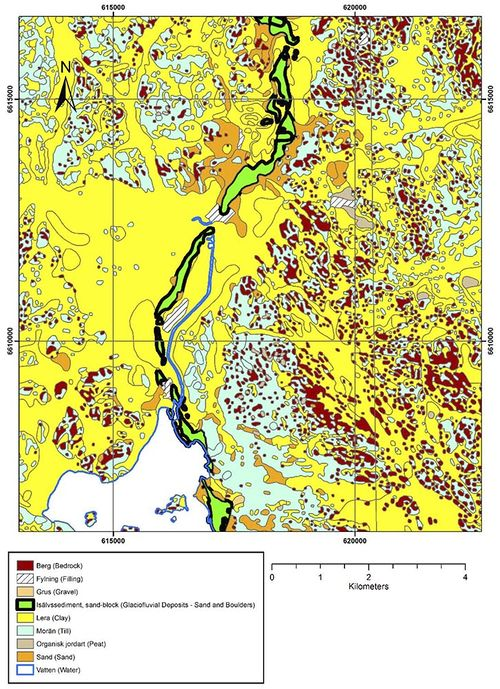Table of Contents
- Maps showing the morphology, sample locations, and geology of ...
- Generalized geological map of the investigated area (modified after ...
- Geological map of the study area (modified from Koç, 1996; Koç et al ...
- Geologic and geomorphic map of the study area showing location of the ...
- Geological Map of Korr-Marsabit area, Northern part of Kenya ...
- A, Geological map and the study area. Modified after Morley (2009) and ...
- Geologic map of the studied area (see Fig. 3 for its location ...
- Geological map with the indication of the main ancient quarries and ...
- OR/17/003 Data - MediaWiki
- Pin by Tilly Fowler on looking | Map, Architecture mapping, Diagram

Geological maps are a powerful tool for understanding the Earth's structure, composition, and history. These maps provide a visual representation of the distribution of different rocks, minerals, and geological features across a specific area. However, reading and interpreting geological maps can be a daunting task, especially for those without a background in geology. In this article, we will provide a step-by-step guide on how to read and interpret geological maps, helping you unlock the secrets of the Earth.


Understanding the Basics of Geological Maps

Before diving into the interpretation of geological maps, it's essential to understand the basics. A geological map typically consists of a topographic map base, overlaid with geological information such as rock types, faults, folds, and other geological features. The map is usually accompanied by a legend, which explains the symbols, colors, and patterns used to represent different geological features.

The most common features found on a geological map include:
- Rock types: represented by different colors, patterns, or symbols, indicating the type of rock present in a particular area.
- Faults: lines or symbols indicating the location of faults, which are fractures in the Earth's crust where rocks have been displaced.
- Folds: symbols or patterns indicating the location of folds, which are bends in the Earth's crust.
- Geological boundaries: lines or symbols indicating the boundaries between different rock types or geological features.


How to Read a Geological Map

Reading a geological map requires a systematic approach. Here's a step-by-step guide to help you get started:
- Start with the legend: familiarize yourself with the symbols, colors, and patterns used on the map.
- Identify the rock types: look for the different colors, patterns, or symbols representing various rock types.
- Locate faults and folds: identify the lines or symbols indicating faults and folds.
- Analyze the geological boundaries: look for the lines or symbols indicating the boundaries between different rock types or geological features.
- Look for patterns and relationships: analyze the relationships between different geological features, such as the orientation of faults and folds.

Interpreting Geological Maps
Once you have read the geological map, it's time to interpret the information. Here are some tips to help you:
Look for geological history: geological maps can provide clues about the Earth's history, such as the formation of mountains, volcanoes, or sedimentary basins.
Analyze the structural geology: study the orientation of faults, folds, and other geological features to understand the structural geology of the area.
Identify potential resources: geological maps can help identify areas with potential mineral or energy resources.
By following these steps and tips, you can unlock the secrets of the Earth and gain a deeper understanding of the geological history and structure of a particular area. Whether you're a student, researcher, or simply interested in geology, learning to read and interpret geological maps can be a rewarding and fascinating experience.
In conclusion, geological maps are a powerful tool for understanding the Earth's structure, composition, and history. By understanding the basics of geological maps, reading the map systematically, and interpreting the information, you can gain a deeper appreciation for the complex and fascinating world of geology.